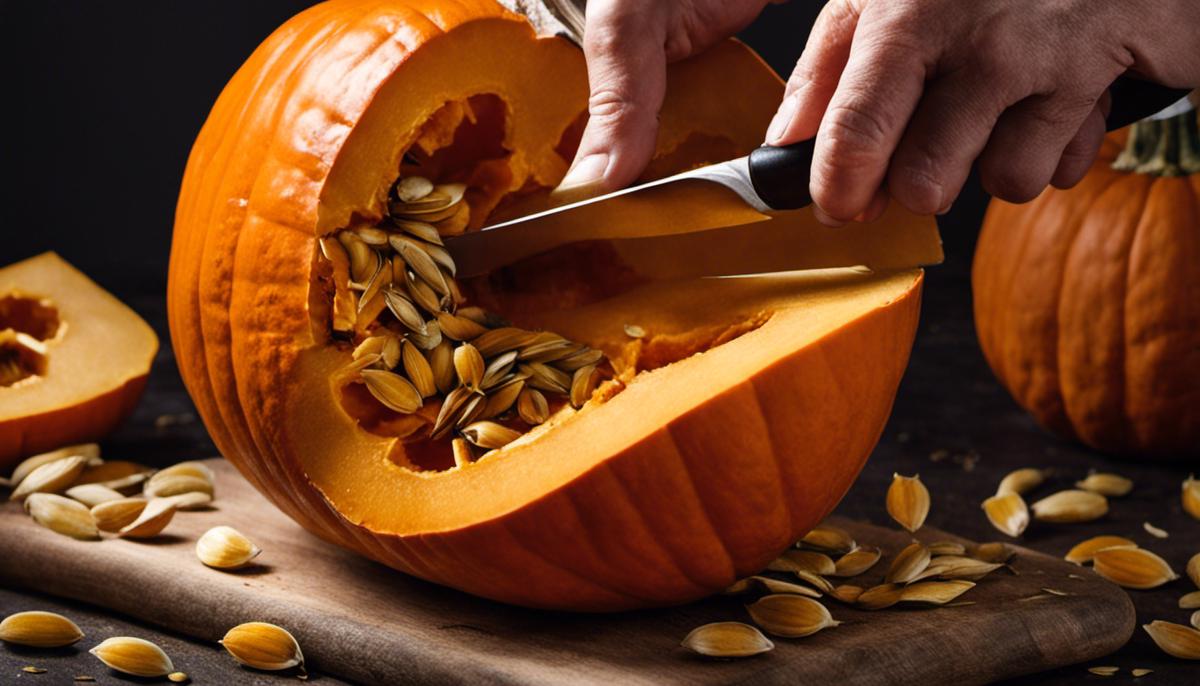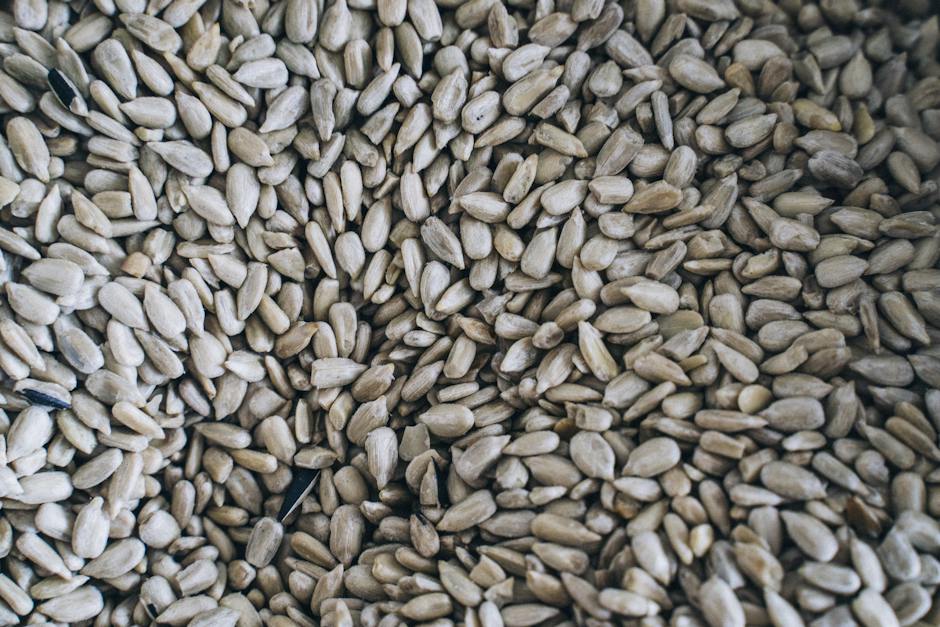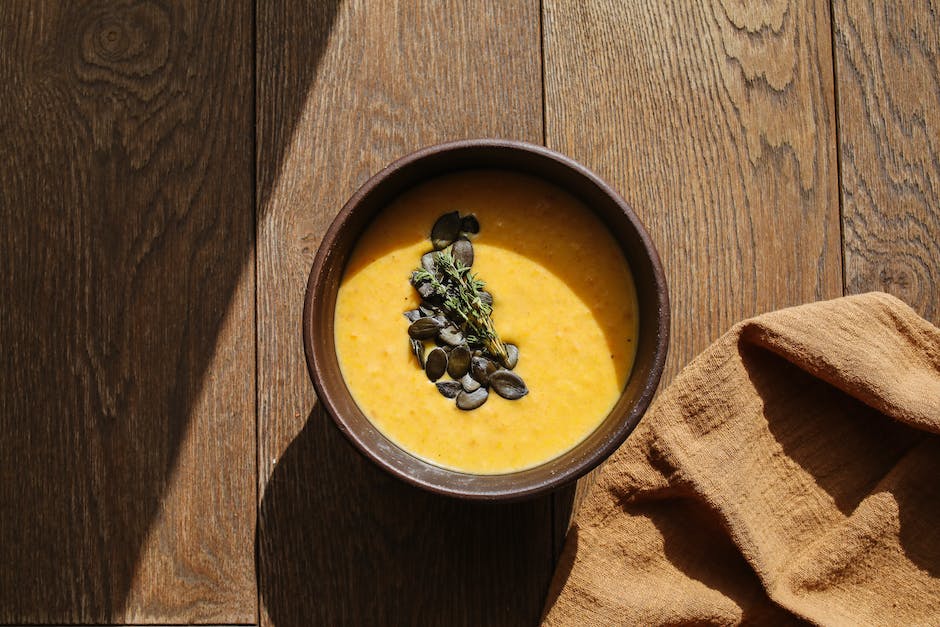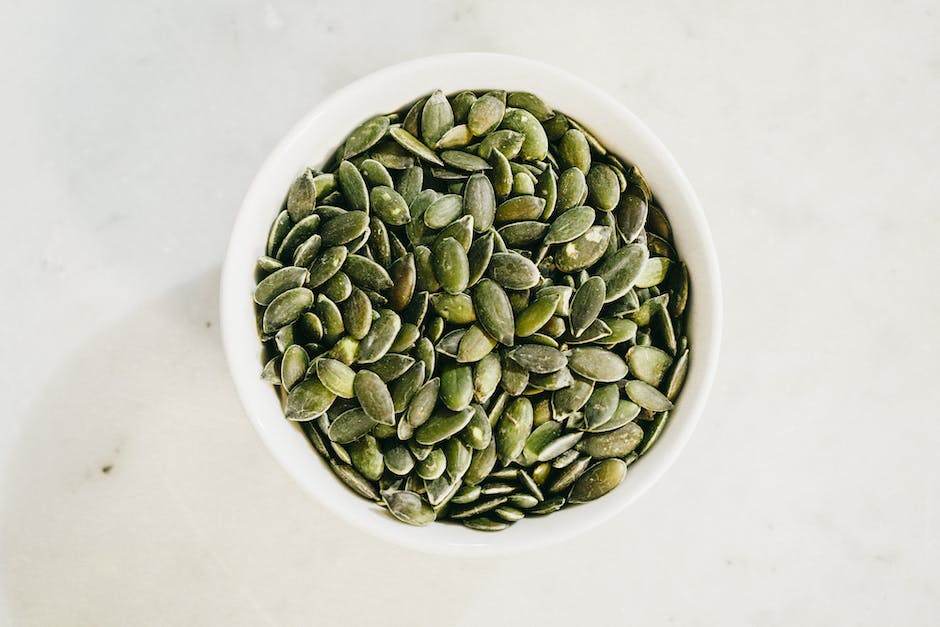Simple Steps to Preserve Pumpkin Seeds for Planting

Gardening enthusiasts and pumpkin lovers alike often look forward to the autumn season when they can harvest and enjoy their home-grown pumpkins. Beyond just the joy of carving or cooking these pumpkins, there’s a unique satisfaction derived from preserving and planting your own seeds for the next growing season. This essay guides you on how you can effectively harvest, clean, and store pumpkin seeds, ensuring they remain viable for future planting. Whether it’s your first time handling pumpkins or you’re a seasoned gardener looking to enhance your knowledge, this holistic guide will take you through every crucial step, from choosing the right pumpkin to the ideal storage conditions for preserving your pumpkin seeds.
Harvesting Pumpkin Seeds
Unlocking the Art of Harvesting and Preserving Pumpkin Seeds!
Pumpkins, autumn’s emblematic squash, are a beloved element of the season’s charm. But what often escapes the spotlight is the treasure trove housed within this bright orange symbol: the Pumpkin Seeds! From any perspective; culinary, gardening or crafting, preserved pumpkin seeds hold an incredible value. So, set aside those carving tools and let’s dive into the fascinating world of harvesting pumpkin seeds for preservation.
Before we commence this journey, it’s important to note that pumpkin seeds from any kind of pumpkin can be harvested. However, larger seeds from carving type pumpkins are generally much easier to work with. Pumpkin seeds from smaller, sugar or pie style pumpkins also work fine but their size can be a bit challenging.
Our first step is to slice open the pumpkin. Cut a hole around the top, near the stem. A key here is the hole should be large enough to easily access the seeds. Once open, use a sturdy spoon to carefully scoop out the seeds and stringy “guts”. This part of the process is undoubtedly messy, but it’s all part of the fun!
Next, we have to clean the seeds. The simplest way to do this is to put them in a colander, rinse them under cold water and remove any pumpkin flesh that might still be attached. It’s crucial to remove all the pulp as it can cause the seeds to rot during storage.
Now comes drying the seeds, an integral part of seed preservation. The idea here is not to cook the seeds but to dry them out thoroughly. Lay them out on a cookie sheet in a single layer and place in a preheated 150-200 degree oven. Stir every 15 minutes to ensure even drying for approximately three hours, or until the seeds are brittle and don’t bend.
Once dried, allow the seeds to cool to room temperature. Store them in an airtight, cool, and dry location, such as a pantry shelf. But NEVER refrigerate raw seeds; it has a detrimental effect on seed potency and vitality.
Lastl,b>ucode>yb>, it’s time to label! Always label with the date and kind of seeds. Pumpkin seeds generally remain viable for 3-4 years, but of course, the germination rate diminishes as years pass.
Now, this isn’t just a run-of-the-mill hobby, it’s a tradition that is celebrated throughout the autumn season. So harvest, dry, and preserve those pumpkin seeds, and enjoy the delightful experiences they bring along! Have fun capturing the essence of autumn in a jar!

Cleaning and Drying Pumpkin Seeds
Article:
Unlocking the Best Methods for Pumpkin Seed Cleaning and Drying
And now, having uncovered the splendor of preserving pumpkin seeds and learning the ropes of seed extraction, it’s time to dive right into the nitty-gritty – specifically, the cleaning, drying, and bulk-storage phases. With a keen eye for quality and a dash of patience embedded into every hobbyist’s spirit, one can master the craftsmanship involved in these seemingly simple, yet crucial steps.
Enthusiasts surely understand the importance of thorough cleaning to discard any remaining bits of pumpkin flesh adhering to the seeds. Unseen to the naked eye, these trace amounts may lower the seed quality during preservation if left unnoticed. A clean, pristine seed should be the end goal. Achieving this might require a second or third rinse under cold water, but it’s always worth the extra diligence. While rinsing, rubbing the seeds between one’s hands allows for the removal of stubborn remnants, ensuring only the best seeds make it to the drying phase.
Post-cleaning, the key to successful drying is in optimal air circulation, fostering ideal conditions for moisture evaporation. Spread the seeds out in a single layer on a cookie sheet or shallow baking pan. No central heating or direct sunlight is necessary or even recommended; instead, look for moderate temperatures in ambient spaces. A cool, airy room or a shaded, open space outdoors on a dry, sunny day would be perfect settings.
Time is a hidden ally in this stage. While estimates often validate 1-2 weeks as sufficient for the drying process, allowing 3-4 weeks invites greater assurance for complete dryness. During this period, stirring the seeds every few days helps promote an even drying process.
When it comes to maximizing the longevity of preserved pumpkin seeds, storing them correctly is of paramount importance. A well-aerated glass jar with a tightly fitting lid—or airtight plastic containers—are great choices for bulk storage. A location that’s cool, dark, and dry should be selected for placing these containers, with the backside of a pantry or the underside of a bed qualifying as potential choices.
Rightfully labeled seeds are yet another cornerstone of successful seed harvesting. Essential details to write on the labels should include the pumpkin variety, harvesting date, and predicted viability period—all data that would come in handy during the next seeding season.
Finally, delight in the tradition of seed preservation that binds households across the country—honor the harvest and celebrate your growing skills in this virtuous cycle of life. Always bear in mind that the beauty of this beloved hobby is not just in the anticipation of next year’s garden, but also in the journey, the learning, and the dear memories made along the way. Remember, there’s greener pastures (and, of course, bigger pumpkins) on the horizon!

Storing Pumpkin Seeds
The Joy Beyond the Carve: Best Practices for Preserving Pumpkin Seeds
Some think the joy of pumpkin season ends with the last slice of pie or the final candle snuffed out in your carefully carved Jack-o’-lantern, but I assure you, it extends far beyond. The brilliance is found within the humble pumpkin seed, destined to birth next year’s crop. In the spirit of embracing the full pumpkin life-cycle, let’s explore advanced practices for storage that ensure your seeds stay viable and vibrant until planting season rolls back around.
Preserving pumpkin seeds rightly is a love letter to each potential sprout. It begins with the treatment of recently cleaned and dried seeds. The key here is air circulation and steady, cool temperatures. Don’t just toss them in a sack and forget about them. Storage in a breathable cloth bag or envelops made of pure paper lets the seeds breathe. Storing them in tight plastic could encourage moisture build-up or mold. Your seed loves oxygen, let it breathe!
A big part of seed-storage success lies in the chosen location for the next few months. Freezing might seem like a good idea, right? A solid no, on that front! Freezing tends to damage the internal cell structure of seeds, reducing and possibly eliminating their viability, and that’s just a heartbreaking tale nobody wants to tell!
Instead, seeds feel much more at home in a cool, dark, and dry place. Be it a basement, a cool closet, or your fridge if it’s not too wet. Ensure the temperature is steady and between 32-41 degrees Fahrenheit (0-5 Celsius). Fluctuating temperatures may trick the seeds into thinking it’s time to germinate. Steady temperature maintains the seeds dormancy till the right season for planting.
On to the fun part of storage — labeling! Clearly written labels are like golden keys to a secret garden. It’s helpful if your label states the pumpkin variety, the harvest date, and any other information about the plant or fruit that seems important. This helps keep track of the characteristics of seeds from specific fruits that performed exceptionally well or perhaps succumbed to pests or diseases. The goal is to select the healthiest seeds for the following year’s crop, thereby improving the quality year on year.
Preserving pumpkin seeds is a tradition that reaches back to the agrarian roots and has sustained lifetimes of bountiful harvests. Embrace this opportunity to participate in the grand cycle of life, from pumpkin to seed, and back to pumpkin again. Remember, each seed carries forward the legacy of a previous pumpkin’s best traits, and who knows, perhaps the biggest, most delicious pumpkin is locked inside the seed you’re about to store.
With these extra steps and previsions, you’re ready to turn pumpkin season into an all-year-round adventure. The smell of fallen leaves and the sight of the pumpkin patch will come to live with us all year, in little envelopes of anticipation stored safely away. Oh, the joy that comes with aligning with nature’s rhythm, aren’t we all just seeds waiting to sprout, grow and bloom in our season and in our time? Happy preserving!

Ultimately, preserving pumpkin seeds takes a little effort and patience, but the satisfaction of watching a new plant sprout from seeds you’ve meticulously saved is beyond rewarding. Following this step-by-step guide on how to harvest, clean, dry, and store your pumpkin seeds won’t only equip you with the knowledge to keep these tiny packets of potential safe for future growth, but it will also hone your skills for a more rewarding gardening experience. Remember, just as every pumpkin is unique, so too can be your approach to this process. So, as you venture into seed saving, let this guide be your beacon, and may your pumpkins always be plump and plentiful.



